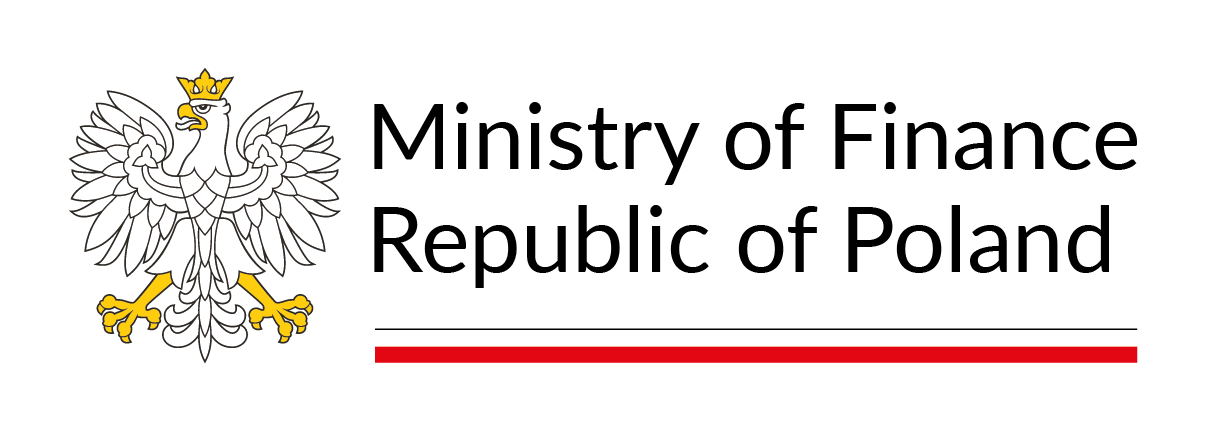No 44-2025, A. Torój, J. Bęza-Bojanowska, R. Chmura, D. Kroschel, A. Szczypińska, B. Wiśnicki: The role of stabilizing expenditure rule in fostering macro-fiscal stability: simulation-based evidence from Poland
We investigate the properties of the Polish numerical stabilizing expenditure rule (SER) in the context of economic governance review in the European Union (EU). To this aim, we use the macroeconometric model NEMPF (Chmura et al., 2024) that offers nuanced, disaggregated mapping between the general government (GG) expenditure categories, the macroeconomic variables (including GDP), and GG revenue categories. This set of detailed links allows for heterogeneous fiscal multipliers by expenditure category, and hence scenario-specific calculation of our categories of interest: the GG revenue, expenditure and balance developments as ratios to GDP. The model-based, endogenous denominator properly accounts for tax base and hence revenue responses to expenditure-side measures. As the Polish SER represents a forward-looking perspective, we propose model solution procedures under model-consistent expectations of policymakers applicable when the perfect foresight assumption is not met. We find that SER generally ensures lower GG deficits (and hence GG debt paths) than policies targeting just-compliance with the Stability and Growth Pact (SGP) thresholds. That results in lower GG debt trajectories, as well as creates room for counter-cyclical responses. We also demonstrate a few specific numerical properties of the Polish SER, including how the correction mechanism encourages a more restrictive fiscal policy to build countercyclical buffers.
Materials
MF Working Papers No 44-2025MFWP_No_442025.pdf 1.23MB
